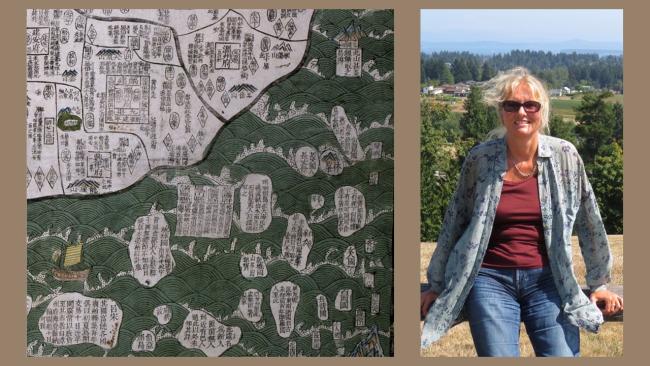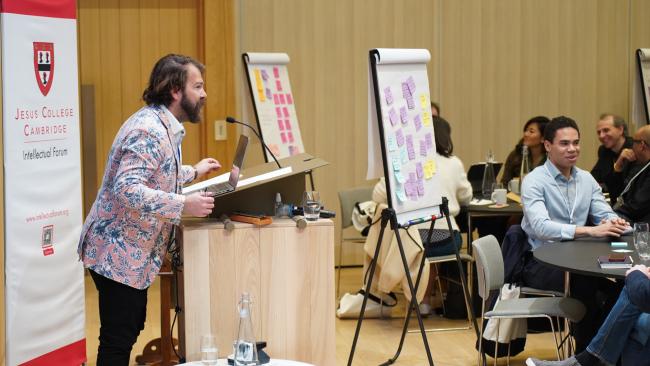
Exotic, marginal, and 'invisible' aspects of Early Modern China and the Maritime Silk Road
The China Forum seminar on Tuesday 29 November 2022 was given by Professor Dr Angela Schottenhammer, Professor of Chinese Middle Period & Early Modern World History, KU Leuven; Director of the Crossroads Research Centre; Selected Senior Researcher, School of Economics, Shanghai University; and research affiliate, Geography Department, UGent.
Professor Angola Schottenhammer's lecture analysed four aspects related to the Trans-Pacific trade in the early modern era. First, what the Trans-Pacific routes were. Second, what the Chinese knew about Peru and other countries along the routes at this period. Third, the commodity composition of the trade. It included: balsam and chocolate, which reached China from Spanish America; Chinese ceramic jars and cups shipped to Spanish America; and ivory pieces re-exported from China to the Philippines and carved there. Fourth, the extent of migration along the trade routes. Professor Schottenhammer concluded that there were manifold exchanges across the Pacific at this time. Mainland Chinese, not only from Fujian but also from Guangdong and Zhejiang, were very active in these exchanges. Although Kangxi prohibited Chinese ships from sailing to Southeast Asia in 1717, individuals, especially from Fujian, continued to support a flourishing exchange across the Pacific. They built a well organised network of merchants, who were either directly or indirectly involved in trade with Spanish America.
The Q&A session addressed the following issues: trans-Pacific trade and its impact on Chinese agriculture, population and society; the scale and geographical extent of the trade in maize, sweet potato, chilli and other goods; different forms of documentation and other communications that Professor Schottenhammer and her team are investigating; details of things that did not travel, in contrast to those that did travel, such as chocolate; whether there was an official diplomatic relationship at that time between the Spanish Empire and Manchu China; the degree to which these influenced diplomatic relations in subsequent periods, including, even, contemporary international relations; additional trade hubs other than Manila that might have connected East Asia to the New World; sources of the balsam that reached China; the journey time taken by ships across the Pacific; the different roles of the Chinese, Spanish and other nationalities in trans-Pacific trade; and the extent to which scholars other than Professor Schottenhammer and her team are studying these issues.
Angela Schottenhammer (蕭婷) is full professor of Chinese Middle Period & Early Modern World History at KU Leuven, Belgium, Selected Senior Researcher at the School of Economics at Shanghai University (经济学院, 上海大学), and research affiliate at the Geography Department, UGent. From 2009 to 2020 she has also been research director and adjunct professor at the Indian Ocean World Centre (IOWC), McGill University, Canada.
Angela Schottenhammer obtained her Ph.D. in 1993 from Würzburg University with a thesis on “Song Period Tomb inscriptions” (M.A. 1989 on Liao Mosha and the Cultural Revolution) and her Habilitation degree 2000 from LMU Munich University, with a thesis on the port city of Quanzhou during the Song period (960–1279).
Professor Schottenhammer is director of the Crossroads Research Centre, chief editor of the academic journal Crossroads and PI of the ERC AdG TRANSPACIFIC (grant ID 833143). Her research focuses on Chinese history, archaeology, science & technology, and on China’s and Asia’s global interaction and interconnectivity, through both maritime and overland routes (with a main focus on the period between 650 to 1800).





